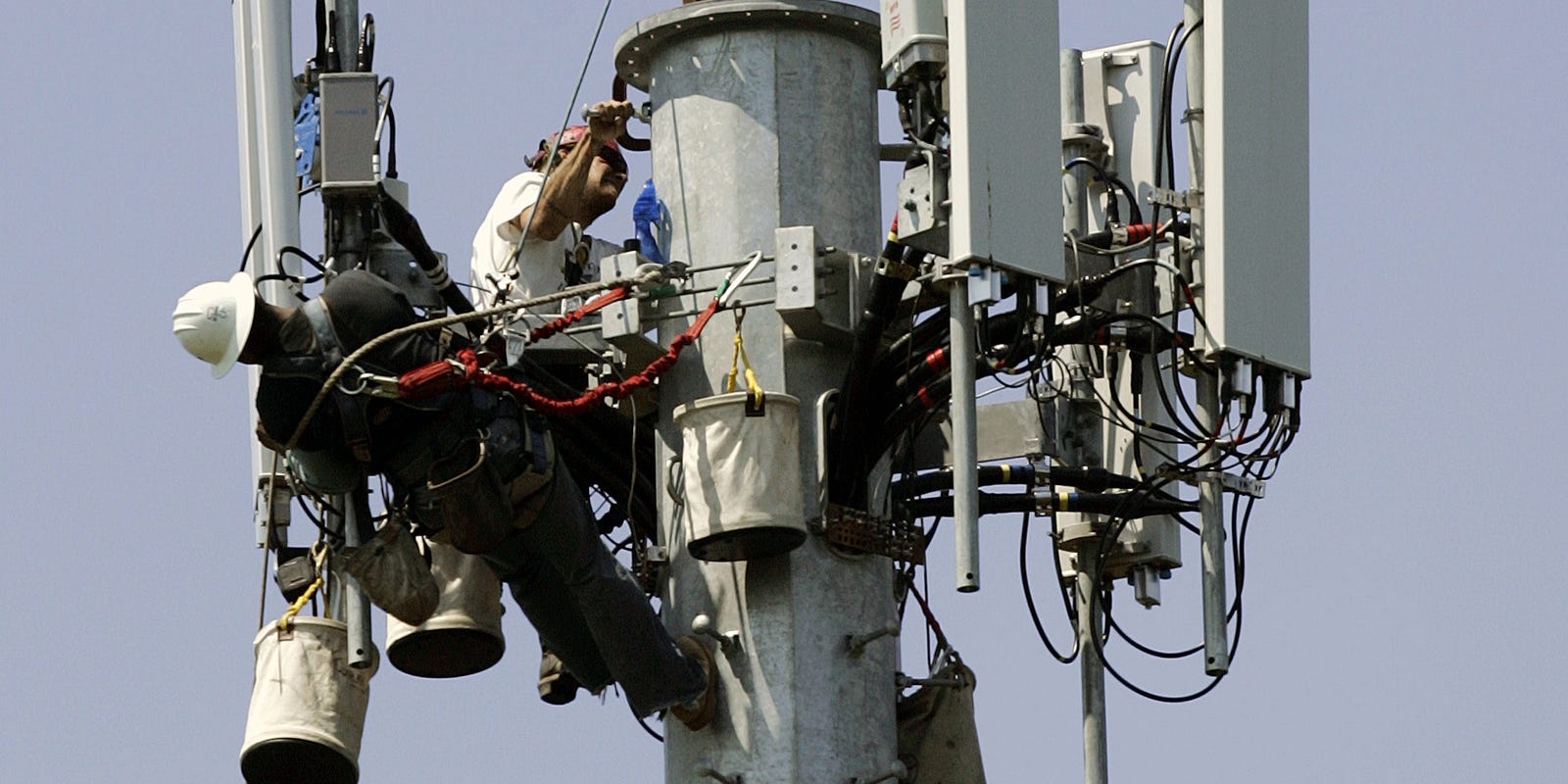If you've ever walked through a town you might have noticed tiny 5G cell towers on the poles of street lights. They appear like tiny boxes, but they're actually broadcasting wireless signals from cellular providers to your mobile.
They are replacing the larger built cell towers. While they're not as noticeable, they still can cause problems for people.
It is the of the FCC's Radiation Exposure Thresholds
The FCC's Radiation Exposure Thresholds establish the safe limit at which one can expose to electromagnetic radiation from wireless devices. what is a safe distance from a 5g cell tower are based upon scientific research which prove that electromagnetic energy can be harmful to human health.
The specific absorption rate (SAR) is a measure of the amount of radiofrequency energy taken up by tissues. It's usually 1.6 Watts per kilogram averaged over one gram of tissue.
But, since 5g operates at higher frequencies and has the potential to cause greater energy intensity on the skin as well as other body parts. This can lead to many possible harms, such as an increase in appearance of skin disorders like dermatitis, skin cancer and cataracts.
Because of the potentially severe effects of 5g radiation, PSU has chosen to set a general localized power density limit of 4 mW/cm2 based on the average over 1 cm2, and never to exceed 30 minutes, for all 5G services running at 3000 GHz. This localized limit is consistent with the peak SAR that is spatially averaged at 1.6 W/kg averaged over 1 grams of tissues at six GHz.

The FCC's Maximum Exposure Thresholds for Maximum Exposure
Have you ever used a mobile phone, then you've probably realized that a safe distance from the tower is at least 400 meters away. This is because the power of the transmission of cell towers increases drastically the further the tower is.
While this sounds like something that's good but the truth is that people living in close proximity to towers could be more prone to health problems. For instance, a 2014 study in India discovered that people living within 50 meters of cell towers had significantly more health complaints than those living further far from antennas.
This study found that people who moved into areas farther away from the cell towers saw their symptoms return to normal within a few days. Another study has revealed that exposure to high levels of radiofrequency electromagnetic fields (EMFs) could cause cancer, brain tumors as well as other health issues.
This is because radiofrequency radiation, utilized in wireless communications, can penetrate the human body's outer layer, which is the skin. This is vital to be aware of since the skin functions as a protective barrier against mechanical injury, infection by pathogenic microorganisms, and infiltration of toxic substances. The skin is the biggest organ in the human body and is responsible for keeping the integrity of other organs.
The FCC's Minimum Exposure Thresholds
The FCC's Minimum Exposition Thresholds are based upon various assumptions that aren't supported by scientific evidence. safe distance to live from cell phone tower includes the false assumption that short-term exposures to RF radiations are not harmful due to the limited radiation penetration in the human body (i.e. the heating of tissues).
The assumption also ignores the deeper penetration of the ELF elements of modulated radio signals as well as the effects on the body of short bursts from pulsed RF waves. These theories are not compatible with the current understanding of biological consequences of RF radiation, and thus they shouldn't be used for health protective exposure standards.
Additionally, what is a safe distance from a 5g cell tower and FCC restrict the maximum limits of exposure to peak local SARs based on the maximum speed of spatial absorption (psSAR), which can be described as not a reliable dosimetric instrument to determine the degree of exposure to radiofrequency radiation. In particular it is inconclusive for frequencies above 6 GHz. Furthermore, psSAR has not been tested for RF radiation that is exposed to other agents of the environment such as sunlight. Interactions of RF radiation with other agents in the environment could produce synergistic or antagonistic impacts. This could result in an increased risk of adverse health consequences. For instance, exposure to RF radiation and sunlight could increase the risk of skin cancer, as well as aggravate other skin diseases such as acne.
